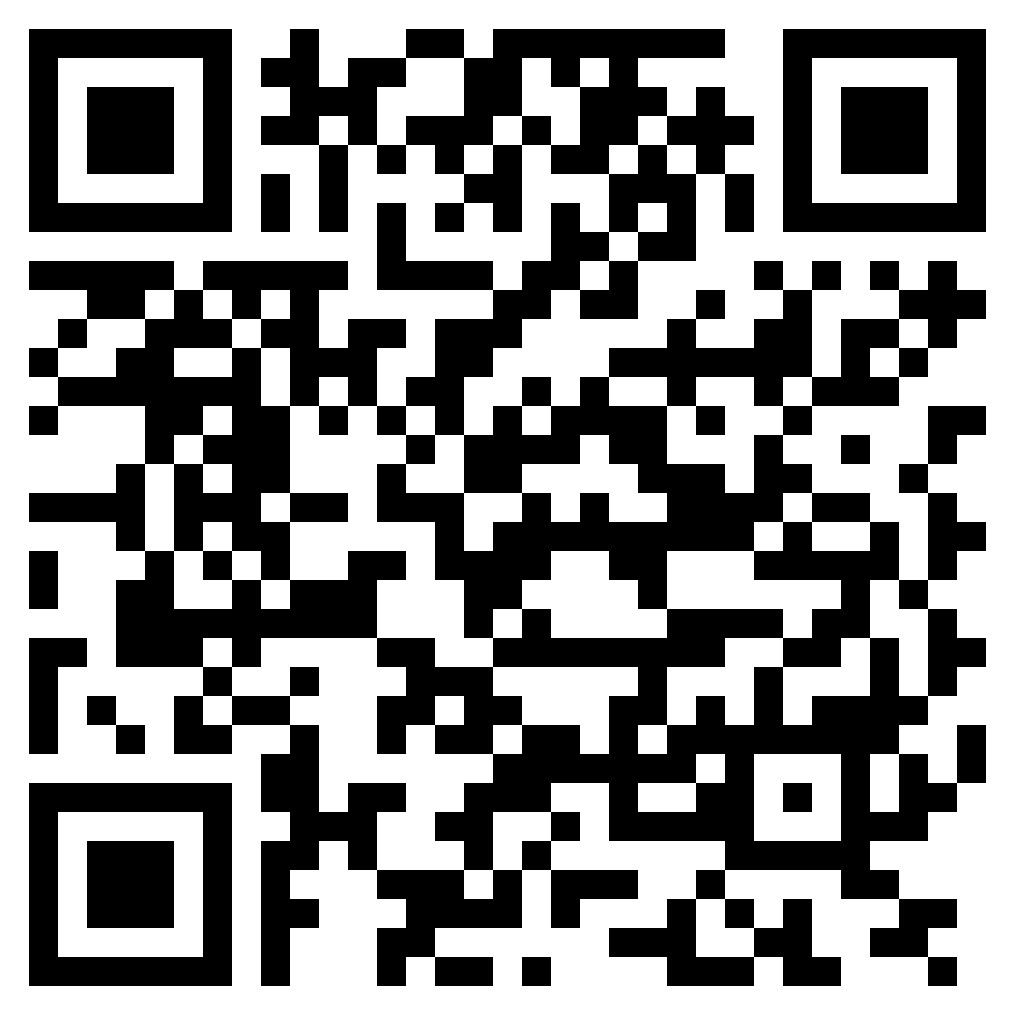Menu

In today’s fast-paced and ever-evolving world, the impact of digital technology on organizational behavior cannot be overstated. With the advent of the digital age, organizations have been forced to adapt to new ways of operating and interacting. In this article, we will explore the profound effects of digital technology on organizational behavior, delve into the concept of the digital age, identify its key characteristics, and take a closer look at organizational behavior within the IT industry.
The effect of digital technology on organizational behavior is transformative. It has redefined the way individuals and teams communicate, collaborate, and make decisions within organizations. With the rise of communication tools like Slack and Microsoft Teams, remote work has become more accessible, leading to changes in how employees interact. Additionally, the use of data analytics and artificial intelligence has enabled data-driven decision-making, making organizations more agile and responsive.
One of the most significant impacts is on leadership and management styles. The digital age demands leaders who can adapt to change rapidly, foster innovation, and promote a culture of continuous learning. Leaders must now navigate a global talent pool, manage remote teams effectively, and leverage technology for enhanced productivity.
The digital age is a term that encapsulates the era we currently live in, characterized by the widespread adoption of digital technology. It marks a shift from traditional industrial economies to knowledge-based economies, where information and technology are paramount. The digital age has brought about unprecedented connectivity, accessibility to information, and globalization.
Several key characteristics define the digital age:
Connectivity: The digital age has connected people, devices, and systems like never before. The Internet of Things (IoT) allows everyday objects to be interconnected, enhancing data collection and analysis.
Data-Driven Decision-Making: Data is a critical asset in the digital age. Organizations leverage big data and analytics to make informed decisions, optimize operations, and gain a competitive edge.
Automation: Automation, powered by technologies like artificial intelligence and robotics, has streamlined processes, reduced human error, and increased efficiency.
Globalization: Digital technology has made it possible for organizations to operate globally, transcending geographical boundaries and reaching a wider customer base.
In the IT industry, organizational behavior takes on a unique flavor. Given the sector’s rapid pace of change, adaptability and innovation are paramount. IT professionals often work in cross-functional teams and face constant pressure to stay updated with the latest technological advancements.
Organizational behavior in the IT industry also emphasizes problem-solving, as technology-related challenges are common. Effective communication, both within teams and with clients, is crucial for project success.
In conclusion, the digital age has reshaped organizational behavior in profound ways. Adaptation to new technologies and changes in leadership styles are crucial for success in this era. Organizations must embrace connectivity, data analytics, automation, and globalization to thrive. In the IT industry, these principles are even more pronounced.
For assistance with academic assignments related to Organisational Behaviour in a Digital Age, consider reaching out to academicexpert.uk. Their expert team can help you excel in your studies and assignments in this dynamic field.
The effect of digital technology on organizational behavior is profound. It has revolutionized the way organizations operate, communicate, and make decisions. Digital technology has enabled remote work, enhanced communication through tools like Slack and Microsoft Teams, and promoted data-driven decision-making. It has also required leaders to adapt to change rapidly and foster innovative, digitally-savvy teams.
The digital age represents the era we currently live in, characterized by the widespread adoption of digital technology. It marks a shift from traditional industrial economies to knowledge-based economies, where information and technology are paramount. The digital age is defined by connectivity, data-driven decision-making, automation, and globalization.
The key characteristics of the digital age include:
Connectivity: Unprecedented connectivity between people, devices, and systems, facilitated by the Internet of Things (IoT).
Data-Driven Decision-Making: The use of big data and analytics to make informed decisions and optimize operations.
Automation: The integration of artificial intelligence and robotics to streamline processes and increase efficiency.
Globalization: The ability for organizations to operate globally, transcending geographical boundaries and reaching a wider customer base.
Organizational behavior in the IT industry is unique due to the sector’s rapid pace of change. IT professionals often work in cross-functional teams and face constant pressure to stay updated with the latest technological advancements. It emphasizes adaptability, innovation, problem-solving, and effective communication within teams and with clients.
Get your “Organisational Behaviour in a Digital Age“Assignment done today- Order-Now
Get Better Grades in Every Subject
Submit Your Assignment on Time
Trust Academic Experts Based in UK
Your Privacy is Our Topmost Concern
Download the App and Get your Discount
Play Store
App Store

AcademicExpertUK : Best UK company for Professional Assignment Help with Expert Writers. Get your assignments done now!
Disclaimer :
Academic Expert offers quality academic guidance through its experienced personnel. However, students, under no given circumstances, can submit our assistance as their original work.
Copyright 2024 © Academic Expert | All Rights Reserved
Get Instant Quote
We appreciate your interest in Academic Expert and the trust you’ve placed in us. Your submission has been successfully received. Our team is diligently working to assist you in your academic journey.